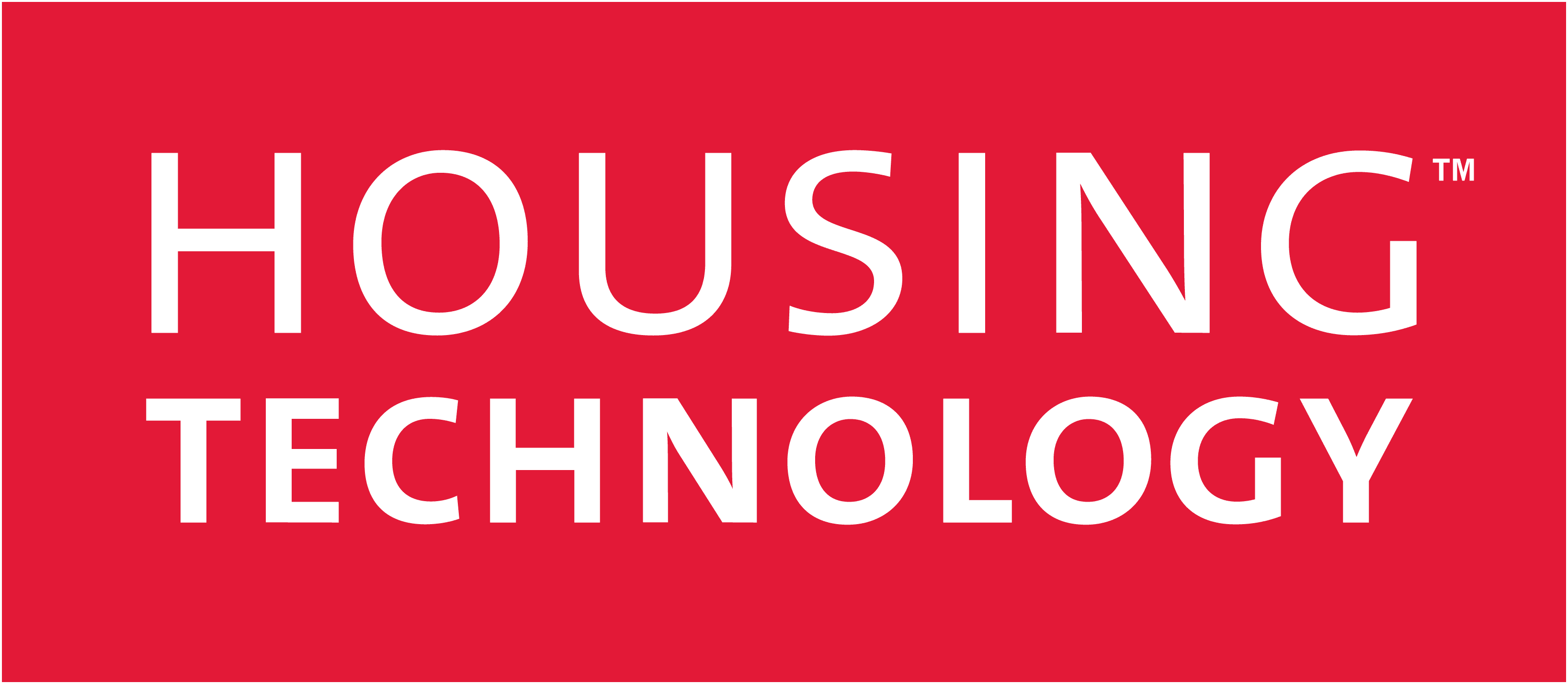Joanna Sedley-Burke, business development director at Sovereign Business Integration, considers how an IT rental model could help housing providers cut costs.
Are housing providers wasting valuable capital resources on purchasing IT equipment?
In light of the government’s recent housing budget cuts and the pressure on cost-savings across all public sector organisations, it is increasingly important for housing providers to look at how they can achieve more with less.
Consider the practicalities of an IT rental model, where equipment is rented on a monthly basis from an IT provider. For housing providers running low on funds, an IT rental plan negates the need for large capex costs, instead allowing payments to be made in significantly smaller amounts on a monthly basis.
‘Hardware-as-a-Service’
By deploying an IT rental plan, housing providers receive a service rather than a server, paying only for the services they actually use. An obvious choice it may seem, but many organisations continue to rush to purchase the latest equipment, before realising that they are in fact only using a fraction of the new hardware. An organisation that procures IT via a rental plan gets rid of the headache of choosing equipment specifications, worrying over the best deal and monitoring software license renewals – that all becomes the responsibility of the IT provider.
Outsourcing
For housing providers, IT rental plans are becoming more and more attractive. With more organisations outsourcing some of their IT services to a third party in order to reduce costs, it follows that if an external company is providing a housing association with a service, and supporting that business from an IT perspective, they would also be well-placed to supply the IT equipment itself. This begs the question – is there still a valid business reason to invest in and own IT equipment?
Wrapping the equipment up as part of the overall service provided by the third party solves this issue; the hardware is still supplied to the housing provider but at a fraction of the upfront cost of purchasing it themselves.
Core business requirements
One of the key business drivers for organisations considering an IT rental plan will be the capital outlay associated with the alternative option of going through the process themselves. For many, purchasing expensive IT equipment involves having to borrow a lump sum of money to fund the investment; a position less attractive in the current economic landscape. Choosing a rental model substantially reduces or does away with any borrowing requirements, liberating funds that can be invested instead on functions and front-line services more closely aligned to the core business. After all, a housing provider’s main priority is not spending money on IT assets, but rather regenerating neighbourhoods, providing facilities for residents, and maintaining properties and community buildings. Is it not more logical to invest capital funds in property-related assets rather than IT equipment?
End-user risks
While IT rental plans offer the end-user the best of both worlds (high-quality service at a fraction of the upfront cost of purchasing), housing providers need to weigh up the options, and think carefully about whether adopting an IT rental model is right for their business. For a start, choose the rental model provider with caution. Solid sector understanding is an absolute necessity: there is little point in a third-party contractor providing expensive IT equipment to the housing provider, irrespective of the funding approach, if it exceeds or does not meet the business requirements.
Housing providers must be sure their rental plans are well considered and appropriately reflected on the balance sheet, with the impact on recurring revenue spend reflected as well as the lack of capital borrowing and IT assets. Compared with the option of buying IT hardware upfront on a one-off basis, rental models offer a transparent and consistent spend while eliminating the depreciation associated with a large IT purchase.
Keeping ahead of the times
The housing sector has begun to react to the changes required in light of the public spending cuts. Housing providers are looking more closely at the experiences of other business sectors when it comes to outsourcing the IT function as a means of reducing costs. Outsourcing appropriate elements of back-office functions and renting IT equipment are both effective methods of keeping costs to a minimum while retaining a high level of service. In these challenging times of deep public spending cuts, housing providers can turn to outsourcing providers to help them relieve the financial pressure.
Joanna Sedley-Burke is business development director at Sovereign Business Integration.


